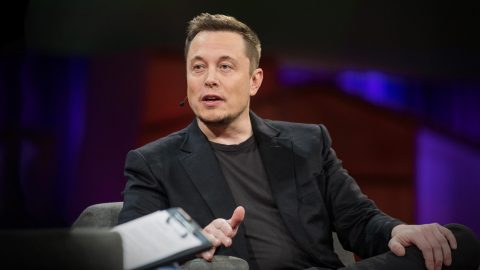Diving into the world of solar energy, one of the key components that often get overlooked is the wiring. It’s not as glamorous as the solar panels themselves, but it’s just as important. Imagine a Ferrari without a transmission – it’s just a fancy car that doesn’t go anywhere. That’s where PV cables come in. They’re the transmission system of your solar power setup, making sure all that sweet, clean energy gets where it needs to go.
The Unsung Heroes: PV Cables
When we talk about PV cables, we’re not just talking about any old wires. These are specially designed to handle the demands of solar power systems. They’re built to withstand the harsh outdoor conditions and the fluctuations in temperature that come with the territory. Plus, they’re made from materials that resist UV radiation, which is a must when you’re dealing with a system that’s going to be out in the sun all day, every day.
One of the most common types of PV cables you’ll come across is the 4mm2 solar cable. This is a standard size for many residential and small-scale commercial solar installations. It’s got enough juice to handle the power without being overkill, and it’s a good balance between cost and performance.
Connectors: The Linchpin of Your Solar System
Now, let’s talk about connectors. These little guys are what make the whole system tick. Without the right connectors, your PV cables are just a bunch of wires with nowhere to go. Connectors are what link your solar panels to your inverter, and your inverter to your home’s electrical system. They’re the linchpin that makes your solar system work.
There are a variety of connectors out there, each designed for specific types of connections. Some are designed for quick and easy installation, while others are built for maximum durability. The choice of connector will depend on your specific needs and the design of your solar system.
The Importance of Compatibility
When you’re looking at PV cables and connectors, compatibility is key. You need to make sure that your cables and connectors are designed to work together. This isn’t just about physical fit – although that’s important too. It’s also about ensuring that the electrical characteristics of your cables and connectors match up.
Mismatched cables and connectors can lead to inefficiencies, and in the worst case, they can cause damage to your solar system. So, when you’re planning your solar setup, take the time to make sure everything is compatible. It’s worth the extra effort to avoid headaches down the line.
Safety First with PV Cables
Safety is paramount when dealing with any electrical system, and your solar system is no exception. PV cables, especially the solar cable 4mm2, are designed with safety in mind. They have features like insulation that protects against electrical shocks and other hazards.
It’s crucial to follow all safety guidelines when installing and maintaining your solar system. This includes using the correct cables and connectors, as well as ensuring that everything is properly grounded and secured.
The Role of Cable Management
Once you’ve got your PV cables and connectors all sorted, the next step is managing them. This might not sound as exciting as choosing the right panels, but it’s a critical part of the process. Proper cable management ensures that your system is efficient, safe, and easy to maintain.
Cable management involves organizing and securing your cables in a way that minimizes the risk of damage and makes it easy to identify and troubleshoot any issues. This can involve using cable trays, conduits, or other protective measures. It’s all about keeping things neat and tidy, but it’s also about making sure your system runs smoothly.
The Future of PV Cables and Connectors
As solar technology continues to evolve, so too do PV cables and connectors. We’re seeing advancements in materials and designs that make these components more efficient, durable, and user-friendly.
For example, new types of connectors are being developed that are even easier to install and provide better protection against the elements. And as for cables, there’s ongoing research into materials that can handle higher voltages and temperatures, making them more suitable for the next generation of solar panels.
Wrapping Up
In the grand scheme of things, PV cables and connectors might seem like small parts of the puzzle, but they’re absolutely vital to the success of your solar system. Whether you’re a homeowner looking to go green or a business owner looking to save on energy costs, understanding the ins and outs of PV cables and connectors is a key step in making the most of your solar investment. So, the next time you’re out in the sun, give a thought to the unsung heroes of solar power – the cables and connectors that make it all possible.









